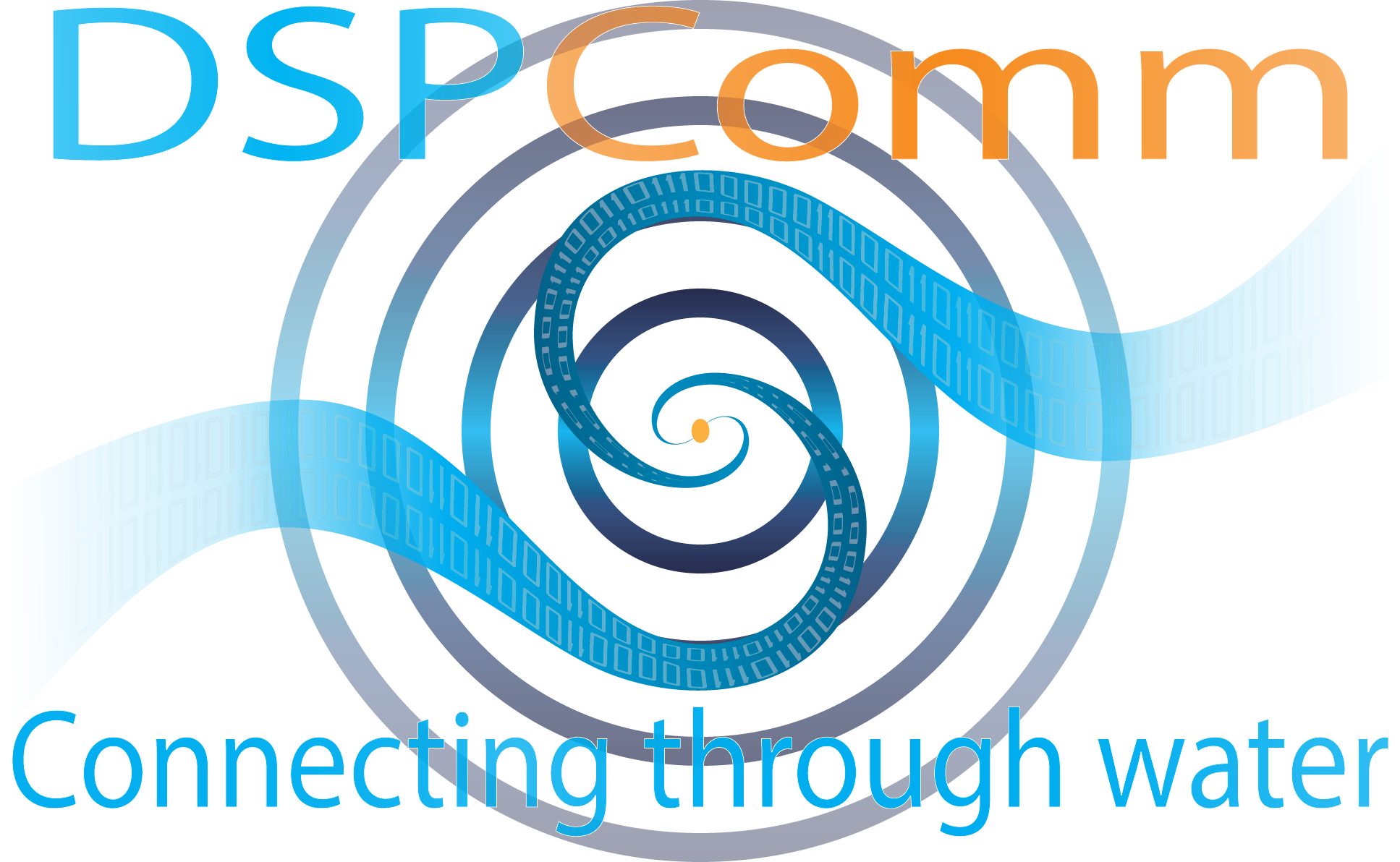
All About Subsea Seismic Survey and Under Water Sensor
Subsea seismic survey is the method used to gather information about the subsea surface. Subsea seismic survey is primarily used for the exploration of oil and gas but can be used to locate groundwater, and to determine how a particular area will shake during an earthquake. They assist oil companies to find hydrocarbon reserves in marine areas, the method of finding the reserves varies according to the location of the survey area. Then shockwaves are sent into the survey area so that the echoes that come back can be recorded and data can be gathered.
Methods Of Subsea Seismic Survey
Various methods are actually used for the subsea seismic but the most popular ones are:
1) 2D (SINGLE STREAMER CABLE)
2) 3D ( DOUBLE STREAMER CABLE OR MORE)
Although these two methods are expensive, they help to locate the exact position of the reserves.
- 2D (SINGLE STREAMER CABLE): This is the most simple method and also the least expensive method compared to 3D. In this method, the seismic detectors are laid out in a straight line. With the help of some equipment like an air gun, hydrophones, etc. All the data required will then be gotten. However, this is the primary form of acquiring data about the subsea surface and structures. The operation is actually less complicated when compared to the 3 Dimensional Survey method.
- 3D ( DOUBLE STREAMER CABLE): Over the years, this method has really helped to reduce uncertainties about oil and gas exploration. The method also requires a larger number of equipment and people to gather the required data. The area to be surveyed using 3D operation is determined after careful analysis with the help of data from a preliminary 2D survey operation. No organization or company wants to waste millions of dollars drilling an area without reserve, so the main aim of the preliminary 2D survey operation is to be able to precisely locate the area with the hydrocarbon reserves (oil or gas). So the 3D operation can be defined as the gathering of data from various 2D lines operating in parallel. Also for the survey operation to be efficient, all equipment is checked thoroughly before the operation.
Risks Involved In Seismic Survey
Most of the common risks involved in seismic surveys include:
- Weather: picking the time of the year to conduct a seismic survey is always critical. A calm or conducive weather will reduce the tendency of the geophone recording unwanted sounds, which would have affected the quality of the data gathered. Whereas, when a bad weather is experienced all the underwater equipment and tools must be taken back to the ship as the seismic survey cannot be carried out under bad weather conditions.
- Selection And Availability Of Vessel: the availability of vessels that will be used for the survey are sometimes limited due to the high demand for it during good weathers.
- Harm To Marine Species: due to the loud noise introduced to the marine environment, a lot of species are always harmed in the process. The noise can remove some of the animals from their natural habitat, damage some of the animals hearing systems, and even cause stress for some animals.
Underwater Sensor: underwater sensors are the devices used to measure seismic vibrations during the survey. It is done by converting the motion into a measurable electronic signal for easier data acquisition. Subsea Seismic Sensor Monitoring is done so that the whole survey area will be provided with communication coverage, and the whole area is monitored so that they are all covered with sensor nodes. The sensors are just two and they are classified according to the type of motion they measure. Types include; geophones and accelerometer.
